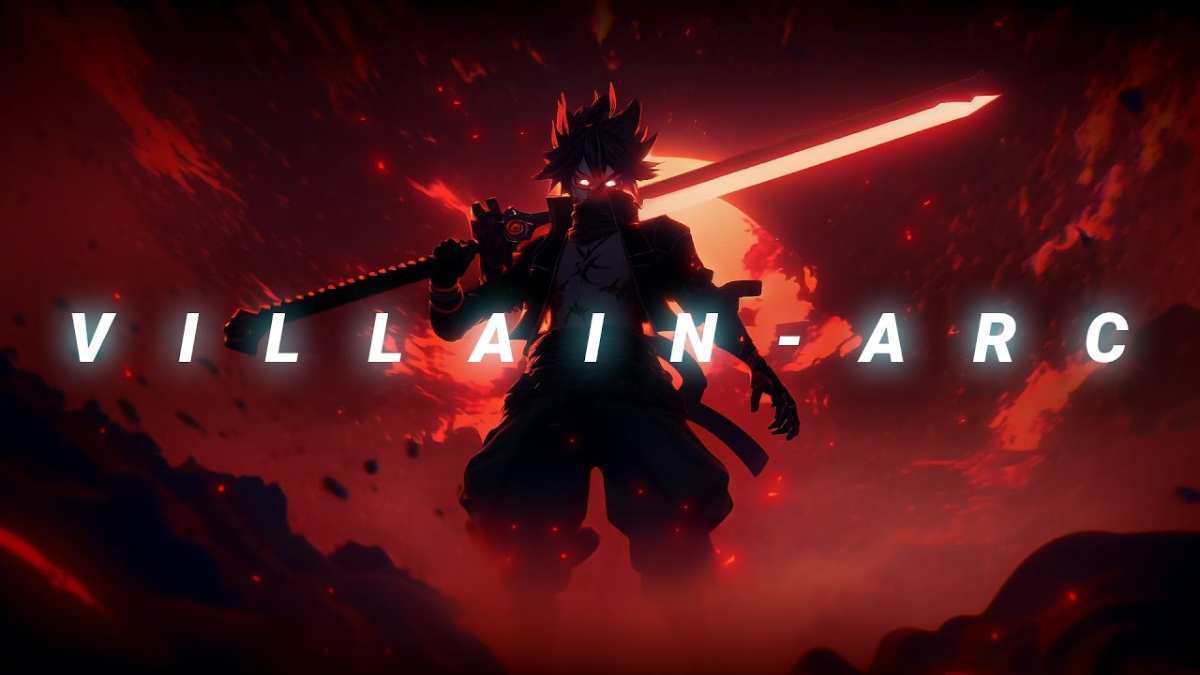
In recent years, the concept of the ‘Villain Arc’ has exploded across pop culture, and it’s no surprise that it has infiltrated the world of music. Social media platforms like TikTok and Spotify are brimming with ‘Villain Arc Playlists,’ a curated selection of tracks designed to make you feel powerful, rebellious, and unapologetic. But what exactly is this trend, and why is it so captivating?
At its core, a Villain Arc is a narrative trope, typically found in film, TV shows, and comics, where a once-heroic or neutral character turns to the dark side, embracing their inner villain to achieve their goals. Now, this archetype has become a metaphor for personal transformation, and music is the perfect companion for those going through their own ‘villain era’—a period of self-empowerment and defiance, even if it means bending the rules.
Let’s explore the appeal of the Villain Arc Playlist and why it resonates with listeners in today’s cultural landscape.
The Allure of the Villain Arc
The idea of a villain arc taps into something deeply human: the desire to take control, break free from societal expectations, and focus on oneself without the need for approval. It’s about becoming the “main character” in your own story, and sometimes, that story involves turning away from pleasing others to unapologetically pursue your goals.
In fiction, iconic villains like Loki from the Marvel Cinematic Universe or Harley Quinn in Suicide Squad have become fan favourites precisely because they embody this rebellious spirit. Villains often exhibit qualities that, while frowned upon in real life, make them deeply compelling. They are confident, self-assured, ambitious, and sometimes, they just don’t care about the consequences. These traits are relatable, especially to those who feel like they’ve been too accommodating or restrained in their own lives.
A Villain Arc Playlist taps into this mindset, channelling the boldness and audacity of iconic antiheroes through music that empowers the listener. It’s more than just a playlist; it’s an attitude.
The Soundtrack of Empowerment
So, what makes a song Villain Arc material? The tracks often share a few core qualities:
Strong beats and bass lines that evoke feelings of power and intensity.
Lyrics that promote self-confidence, defiance, and independence, often encouraging the listener to stand up for themselves, even at the cost of being “bad” in the eyes of others.
An unapologetic, rebellious tone, with themes of revenge, resilience and triumph over adversity.

Some classic examples include:
‘Bad Guy’ by Billie Eilish – With its seductive beat and sardonic lyrics, this track perfectly embodies the villain energy.
“you should see me in a crown” by Billie Eilish – An anthem for anyone stepping into their power, ready to rule their world.
‘POWER’ by Kanye West – A bombastic declaration of control and dominance, perfect for those moments when you need to feel unstoppable.
‘Unstoppable’ by Sia – A powerful song that speaks to the indomitable spirit, pushing through despite any obstacles.
‘Look What You Made Me Do’ by Taylor Swift – Swift’s lyrical pivot toward revenge and reclaiming her narrative fits perfectly within a villain arc vibe.
These songs, with their bold, punchy beats and defiant lyrics, create an aura of invincibility for anyone who listens.
Why Are We Embracing Our Inner Villains?
In a world where people are constantly told to be polite, follow the rules, and prioritize others’ needs over their own, the Villain Arc trend offers a much-needed release valve. It’s a reclamation of power for people who’ve felt voiceless, pushed aside, or forced into roles that don’t serve them.
The rise of social media has amplified this trend. Apps like TikTok have popularized videos that narrate personal villain arcs, complete with dramatic transformations, bold makeovers, and empowered declarations of independence. For many, these playlists and videos serve as a form of catharsis—a way to visualize their own metamorphosis and to assert their autonomy.
Additionally, society is more openly discussing mental health and self-care, which often involves setting boundaries and rejecting toxic positivity. While the villain arc is exaggerated for dramatic effect, at its core, it’s about prioritizing yourself and your mental health, even if it means saying “no” or walking away from toxic relationships, jobs, or expectations.

Creating Your Own Villain Arc Playlist
Crafting a Villain Arc Playlist is all about capturing that spirit of rebellion and empowerment. Here’s how to get started:
Choose Tracks with Power: Look for songs with driving rhythms, strong basslines, and aggressive energy. You want tracks that make you feel invincible and unapologetic.
Focus on Defiant Lyrics: Songs about resilience, revenge, independence, and overcoming adversity are essential. You’re creating a soundtrack for someone who refuses to be a victim.
Incorporate Varied Genres: While pop and hip-hop dominate many Villain Arc playlists, don’t hesitate to add genres like rock or even cinematic scores for added drama. Think ‘No Time to Die’ by Billie Eilish or ‘Seven Nation Army’ by The White Stripes for rock-flavoured empowerment.
Make it Personal: Add tracks that reflect your own journey. What makes you feel powerful? Whether it’s reclaiming your narrative after a breakup or stepping into a new career, your playlist should reflect your own arc.
Soundtrack Your Transformation
The Villain Arc Playlist phenomenon is more than just a fleeting trend; it’s a reflection of a cultural shift. As people become more comfortable with rejecting societal norms and embracing their individuality, the villain arc offers a space for self-expression, empowerment, and a little bit of rebellion.
Also Read: The Best Joker Quotes: Words From Gotham’s Agent of Chaos
Through music, we can channel our inner antiheroes, feel powerful in the face of adversity, and remind ourselves that sometimes, it’s okay to prioritize our own stories. So, the next time you feel the need to embrace your dark side, hit play on your Villain Arc Playlist—and step boldly into your next chapter.
–Silviya.Y


